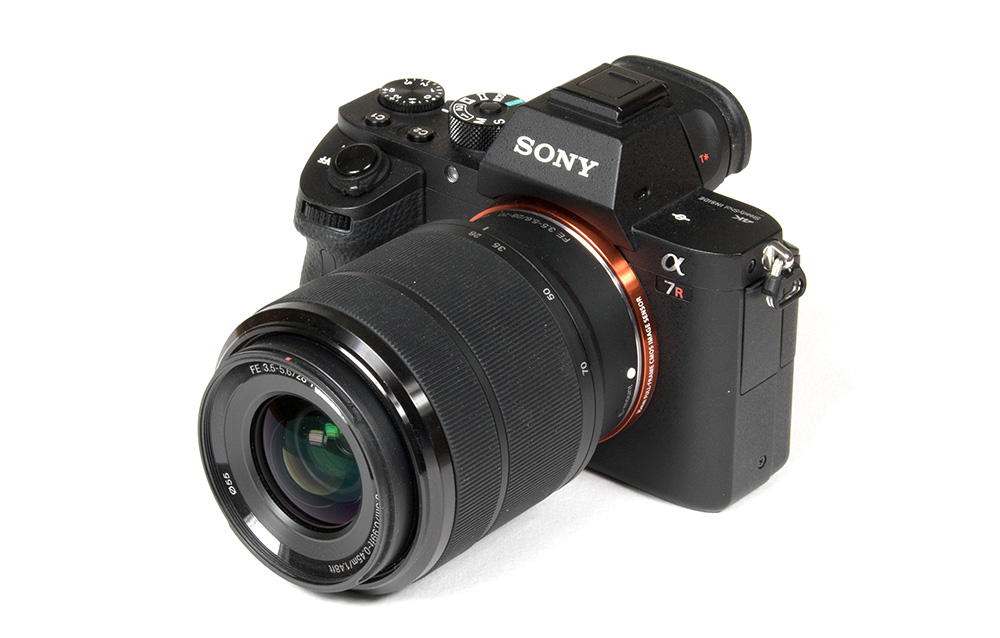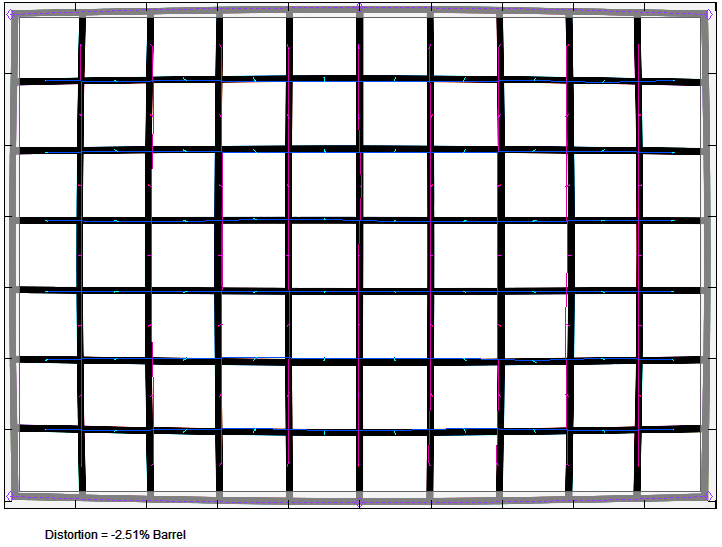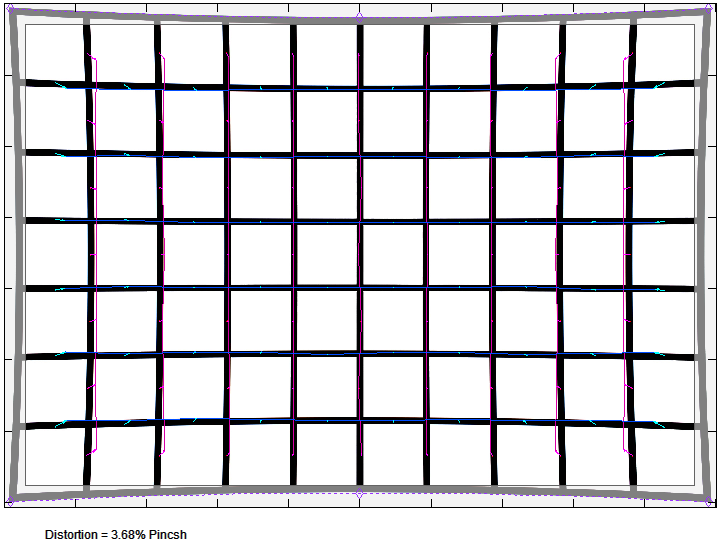
When it comes to publicity and excitement, we are usually talking about lenses such as the Zeiss 24-70mm f/4 OSS or Sony FE 24-70mm f/2.8 GM. However, in sheer sales volume, it is quite likely that the low-profile Sony FE 28-70mm f/3.5-5.6 OSS is first in line. It is often sold as part of a camera kit with the Sony A7 (II) but you can also buy it separately for around 450 US$/EUR. On eBay you can find white box variants for much less than that. However, even so – is it worth it? Technically the chances should be good because slow-speed lenses tend to be perform pretty well but the proof is, of course, in the pudding.
The build quality of the Sony lens is actually pretty decent. Most of the lens body is made of quality plastics based on a metal mount. Surprisingly Sony did also implement weather sealing. The broad, rubberized focus and zoom control rings operate smoothly. They are collecting dust like hell though (see the product images). In inner lens tube extends marginally towards the extreme ends of the zoom range. The shortest physical length is reached around the 45mm setting or so. A petal-shaped lens hood is provided.

The AF works pretty fast and silently. Manual focusing is performed “by-wire” thus you are driving the AF motor by turning the focus ring. We didn’t find any official efficiency figure for Sony’s Optical Steady-Shot (OSS) system but 3 f-stops should be realistic.
| Specifications | |
|---|---|
| Optical construction | 9 elements in 8 groups inc 3x aspherical and 1x ED element |
| Number of aperture blades | 7 (circular) |
| min. focus distance | 0.3-0.45m (1:5.3) |
| Dimensions (L x W) | 72.5.4x83mm |
| Weight | 295g |
| Filter size | 55mm |
| Hood | petal shaped, supplied |
| Other features | image stabilizer, weather sealing |
Distortion
Most users will probably take advantage of Sony’s image correction system. If so, you will observe distortion-free images at 28mm and just some marginal pincushion distortions at 50mm and 70mm.



When looking at the native distortion characteristic, things are very different though. At 28mm, there are some medium to strong barrel distortions (2.5%) which is better than on most kit zoom lenses actually. However, the strong pincushion distortions at 50mm (3.1%) and 70mm (3.7%) are much less encouraging.



Vignetting
The vignetting figures are a bit fishy – they are very decent (for a full format lens) even at fully open aperture and in RAW data. Technically that is highly unlikely thus it is a sure bet that Sony is correcting the issue during in-camera post-processing – at least on the A7R II which we used for testing. This hypothesis is also confirmed by the roller-coaster “curve” at 28mm where the vignetting figure drops at f/5.6 but increases again beyond.
Anyway, from a user perspective you may spot a bit of vignetting in critical scenes at 28mm and 70mm f/5.6 but it’s not a big deal really.

MTF (resolution)
The resolution characteristic is a bit of a mixed bag. The center quality is perfectly fine even at fully open aperture. The near-center quality drops already quite a bit but the outer image region is not overly impressive. At 28mm they are very soft at f/3.5 and f/5.6 and make it to acceptable levels at f/8 only. The performance is just slightly better in the middle range but it drops again at 70mm.
The center quality of the tested sample was good. The field curvature is low.
Please note that the MTF results are not directly comparable across the different systems!
Below is a simplified summary of the formal findings. The chart shows line widths per picture height (LW/PH) which can be taken as a measure for sharpness. If you want to know more about the MTF50 figures you may check out the corresponding Imatest Explanations

Chromatic Aberrations (CAs)
Lateral CAs (color shadows at harsh contrast transitions) are visible but the issue remains acceptable. The CAs are quite low at fully open aperture but increase when stopping down. Unsurprisingly they are worst at 28mm peaking at an average pixel width of 1.9px at the image borders.

It's probably not coming as a huge surprise but the Sony FE 28-70mm f/3.5-5.6 OSS just doesn't cut it. It may be a good lens on a Sony A7S (II) but the 42mp sensor of the Sony A7R II is clearly out of its league. The center quality is up to the task but the quality at the outer image regions leaves something to be desired - at all focal lengths. Lateral CAs are fairly decent. The amount of vignetting is low thanks to image auto-correction (which you can't deactivate). It's also a good idea to activate distortion correction because the native characteristic isn't pretty.
Judging the quality of the construction is always a bit tricky but the Sony FE 28-70mm f/3.5-5.6 OSS certainly feels like a well-made lens. It is, of course, mostly made of (good quality) plastics but there are no wobbly parts. The rubberized control rings also operate nicely. It's even weather-sealed which is unusual in this lens class. The AF doesn't stand out it's quite fast and silent. Given the fact that it is a slow lens, the optical image stabilizer (OSS) can certainly come handy in low light scenes.
The Sony lens may be quite affordable especially when buying it as part of a camera kit but, honestly, it is not worth it - at least if you are targeting Sony's A7R class cameras. That being said, the Zeiss 24-70mm f/4 OSS is just a bit better and only few can afford Sony's mighty FE 24-70mm f/2.8 GM lens …
-
Optical Quality
-
Build Quality
-
Price / Performance

